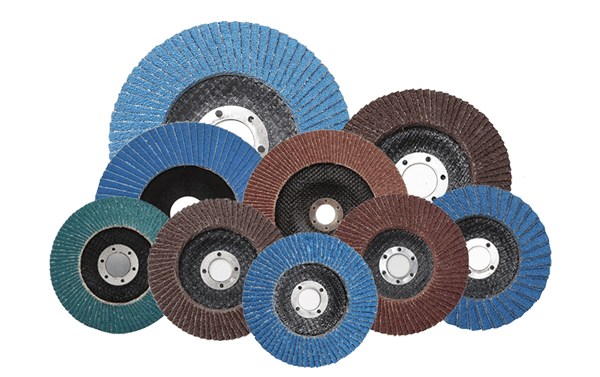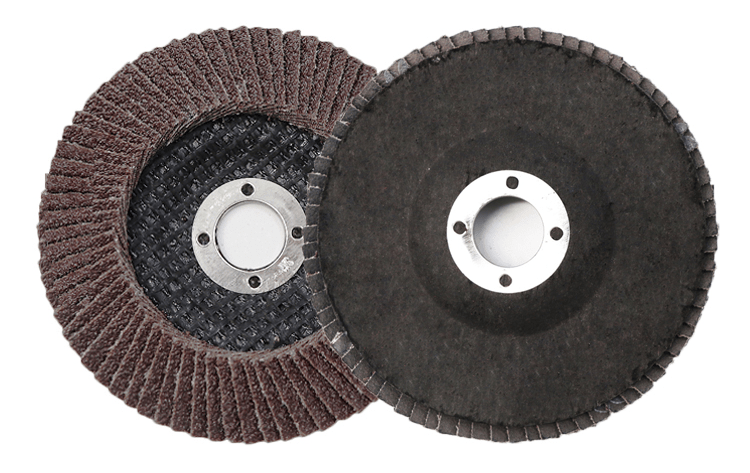In the world of abrasives, flap discs stand out as versatile and indispensable tools. These abrasive discs, with their overlapping flaps of abrasive-coated fabric, provide exceptional grinding, blending, and finishing capabilities across a range of materials. However, when it comes to international trade, understanding the classification of flap discs under the Harmonized System (HS) code is crucial. Let’s dive into the world of flap disks and explore their HS code in more detail.
The Versatility of Flap Discs
Flap discs are renowned for their versatility and efficiency in various industries, including metalworking, woodworking, and fabrication. Unlike traditional grinding wheels, flap discs offer a combination of grinding and finishing functions in a single tool. The abrasive flaps conform to irregular surfaces, allowing for smoother finishes and reduced gouging compared to conventional grinding wheels.
The Harmonized System (HS) Code
The Harmonized System (HS) is an internationally recognized framework for classifying traded goods. Developed and maintained by the World Customs Organization (WCO), the HS assigns a unique code to each product, facilitating uniformity in customs procedures, tariffs, and trade statistics across borders.
HS Code for Flap Discs
Flap discs are classified under Chapter 68 of the Harmonized System, which covers “Articles of Stone, Plaster, Cement, Asbestos, Mica, or Similar Materials.” Specifically, flap discs are categorized under subheading 6805.30. The HS code for flap discs may vary slightly depending on factors such as abrasive material, diameter, and intended use.
Key Considerations in Classification
While the general category for flap discs is straightforward, several factors can influence their classification under the HS code. These include:
- Abrasive Material: Flap discs can be manufactured using various abrasive materials, including zirconia alumina, ceramic alumina, aluminum oxide, and silicon carbide. The composition of the abrasive material may impact the classification of the flap discs.
- Diameter and Grit Size: Flap discs come in a range of diameters and grit sizes, catering to different applications and surface finishes. The dimensions and abrasive grit size of the flap discs may affect their classification under the HS code.
- Intended Use: Flap discs are designed for specific applications, such as grinding, blending, deburring, and finishing. The intended use of the flap disks may influence their classification within the HS code.
Trade Implications
Understanding the HS code for flap discs is essential for importers, exporters, and customs authorities involved in international trade. Accurate classification ensures compliance with customs regulations, determines applicable tariffs and duties, and facilitates smooth cross-border transactions. Misclassification of flap discs can lead to delays, penalties, and other trade-related challenges.
Conclusion
Flap discs are indispensable tools in various industries, offering versatility, efficiency, and precision in grinding and finishing applications. Understanding the HS code for flap discs is paramount for navigating the complexities of international trade. By accurately classifying flap discs under the Harmonized System, importers and exporters can ensure compliance with customs regulations, mitigate trade risks, and facilitate seamless transactions across borders. So, whether you’re sourcing or shipping flap disks, remember the importance of their HS code in the global marketplace.



